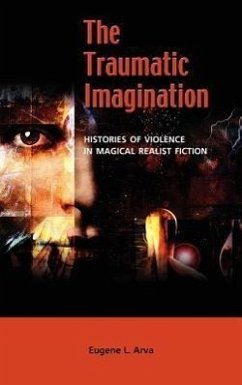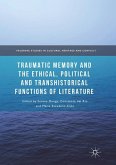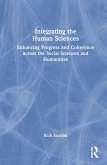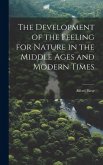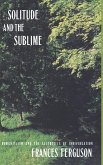While a number of recent works have linked magical realism to postcolonial trauma, this book expands the trauma-theory-based analysis of magical realism. Borrowing from the Russian Formalist Mikhail Bakhtin, the study adapts his concept of chronotope to that of shock chronotope in order to describe unstable time-spaces marked by extreme events. Besides trauma theory, contemporary theories of representation formulated by Guy Debord, Jean Baudrillard, and Slavoj Zizek, among others, corroborate specific literary analyses of magical realist novels by Caribbean, North American, and European authors. The study discusses a series of concepts, such as "spectacle" and "hyperreality," in order to create an analogy between the hyperreal, a spectacle without origins, and magical realism, a representation of events without a history, or a recreation of an absence that first needs to be acknowledged before it can be assigned any meaning. Magical realist hyperreality is meant to be a reconstruction of events that were "missed" in the first place because of their traumatic nature. While the magical realist hyperreal might not explain the unspeakable event, if only to avoid the risk of an amoral rationalization, it makes the ineffable be vicariously felt and re-experienced. This study establishes a somewhat unorthodox nexus between magical realist writing (viewed primarily as a postmodern literary phenomenon) and trauma (understood both as an individual and as an often invisible cultural dominant), and proposes the concept of "traumatic imagination" as an analytical tool to be applied to literary texts struggling to represent the unpresentable and to reconstruct extreme events whose forgetting has proven just as unbearable as their remembering. The traumatic imagination defines the empathy-driven consciousness that enables authors and readers to act out and/or work through trauma by means of magical realist images. Corroborated by elements of trauma theory, postcolonial studies, narrative theory, and contemporary theories of representation, the work posits that the traumatic imagination is an essential part of the creative process that turns traumatic memories into narratives. Magical realism lends traumatic events an expression that traditional realism could not, seemingly because the magical realist writing mode and the traumatized subject share the same ontological ground: being part of a reality that is constantly escaping witnessing through telling. Over more than half a century now, magical realism has demonstrated its versatility by affecting literary productions belonging to various cultural spaces and representing different histories of violence. This book examines novels by traumatized and vicariously traumatized authors who make extensive use of fantastic/magical elements in order to represent slavery, postcolonialism, the Holocaust, and war. The Traumatic Imagination: Histories of Violence in Magical Realist Fiction is an important book for magical realism- and trauma theory-based critical collections.
Hinweis: Dieser Artikel kann nur an eine deutsche Lieferadresse ausgeliefert werden.
Hinweis: Dieser Artikel kann nur an eine deutsche Lieferadresse ausgeliefert werden.

